Monika Tawfik | Ms Laura Palombi – Pharmacist and Pharmacist Technician Role in Human Trafficking
Course Description
Archive : Monika Tawfik | Ms Laura Palombi – Pharmacist and Pharmacist Technician Role in Human Trafficking Digital Download
Salepage : Monika Tawfik | Ms Laura Palombi – Pharmacist and Pharmacist Technician Role in Human Trafficking
Delivery : Online With Any Device
Several states, including Florida and Michigan, have started requiring pharmacists to complete CME focused on human trafficking. Human trafficking is defined as the illegal transport of people, typically for the purses of forced labor or sexual prostitution. Although not yet enforced in Minnesota, we may not be far behind. According to the Minnesota Department of Transportation, the FBI identified Minnesota as having the third-highest number of human trafficking cases. As pharmacy personnel are regularly accessible to patients in the community, it is likely that we have encountered or will encounter these victims. According to a 2014 study done by the National Human Trafficking Resource Center, about 88% of trafficking survivors reported they had obtained healthcare services while being trafficked. The United States Department of Health and Human Services (HHS) has begun to partner with healthcare professionals to develop training to recognize both verbal and nonverbal signs that may indicate a patient is in danger. This presentation will review common signs associated with trafficking, screening questions that can be utilized to determine if a person is a victim, and finally, the resources that pharmacy personnel can utilize. As this is a growing public health concern, it is important for pharmacists and technicians to receive training similar to other healthcare professionals.
Learning Objectives
Pharmacists
- Identify the warning signs that may indicate a person is being trafficked.
- State some of the questions that can be asked of identified victims.
- List three resources that can be utilized if a trafficking victim is identified.
Technicians
- State at least two warning signs that may indicate a person is being trafficked.
- Explain some of the questions that can be asked of identified victims.
- List two resources that can be utilized if a trafficking victim is identified.
Dr. Tawfik is a first-year pharmacy practice resident at Hennepin Healthcare, with a focus on ambulatory care. She graduated from the University of Minnesota College of Pharmacy and plans to pursue a second-year pharmacy practice residency at Hennepin Healthcare as well. Professional interests include infectious disease, improving medication access for patients, and interprofessional collaboration and development, among others.
Ms Laura PalombiRelated seminars and products: 1
Assistant Professor
University of Minnesota, College of Pharmacy-Twin Cities
Dr. Palombi is an Assistant Professor in the Pharmacy Practice and Pharmaceutical Sciences Department at the University of Minnesota – College of Pharmacy, Duluth campus. The focus of her clinical and academic practice is rural public health initiatives, with emphasis on substance abuse prevention and intervention. She works with individuals in recovery from substance use disorders, and through that work gained an awareness of the intersection between trafficking and substance use.

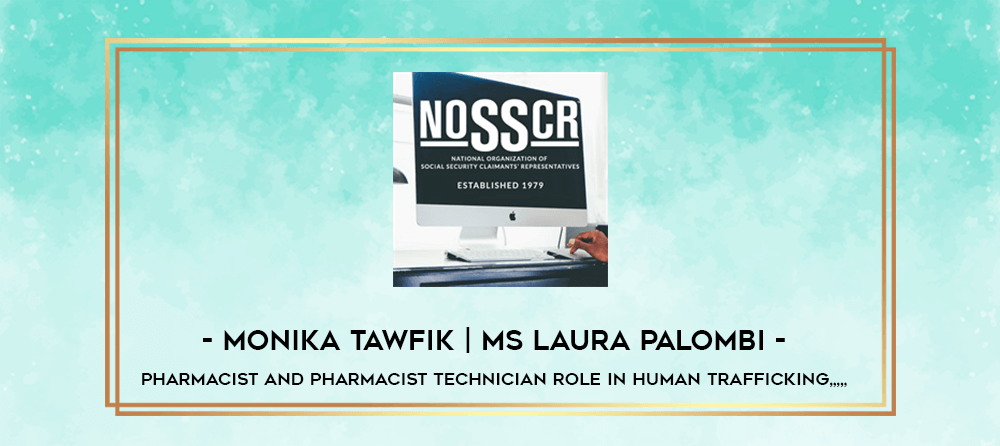


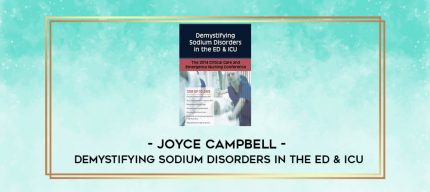

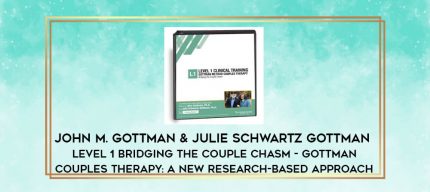


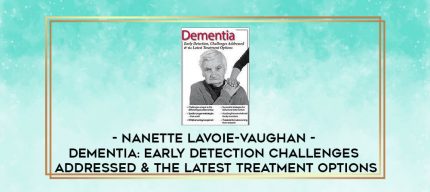
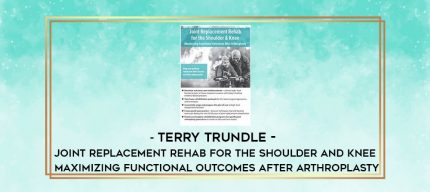











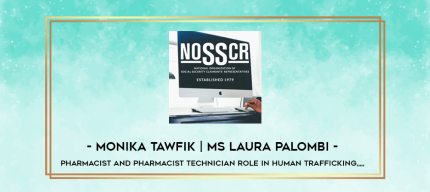
Reviews
There are no reviews yet.